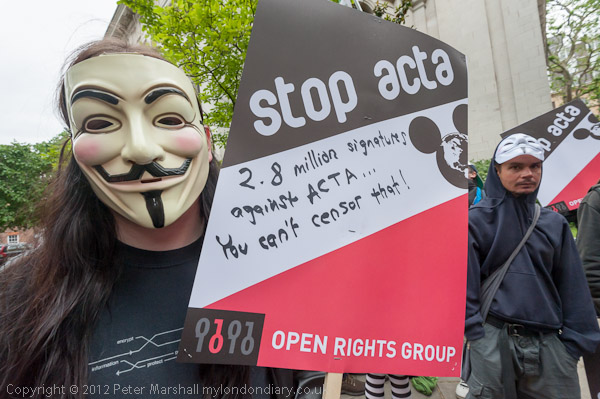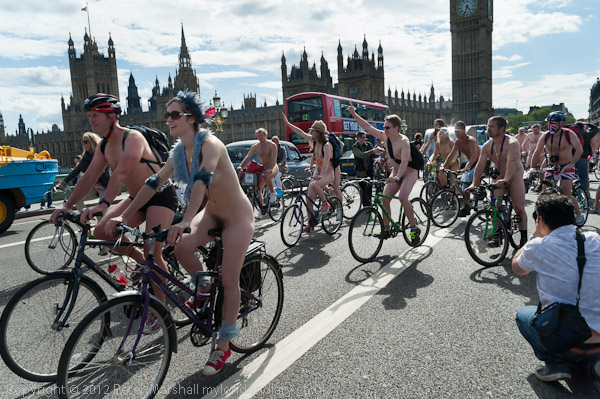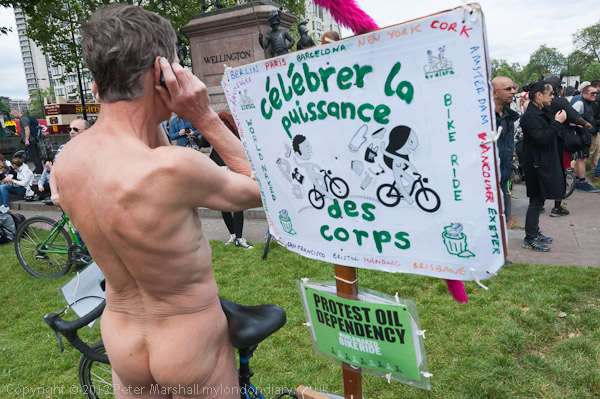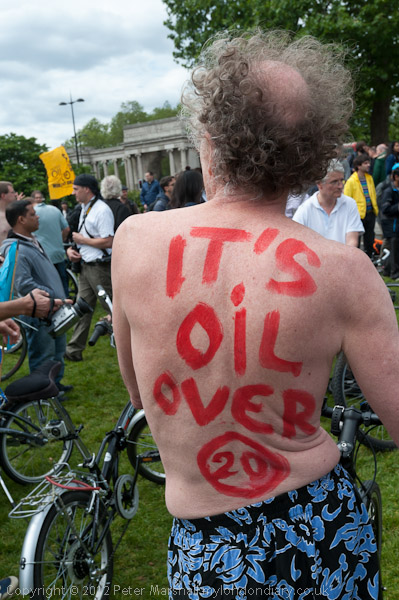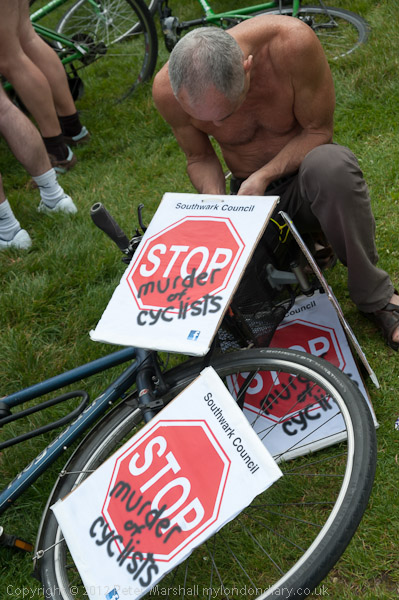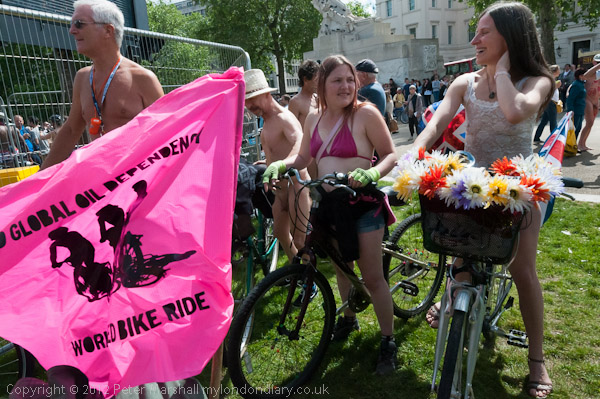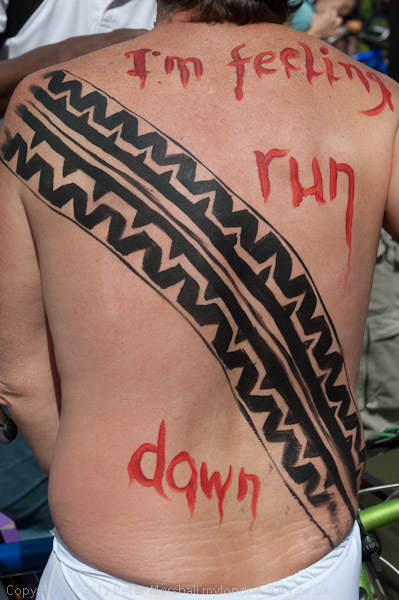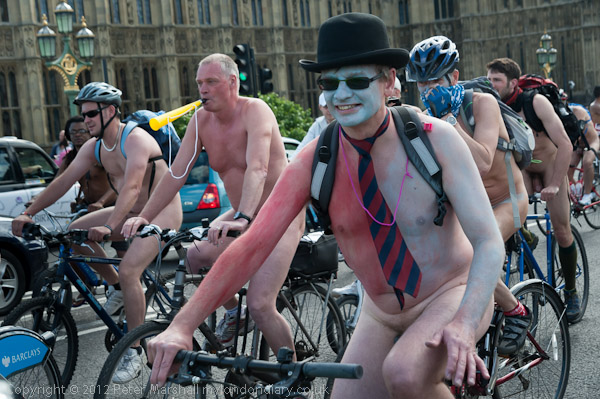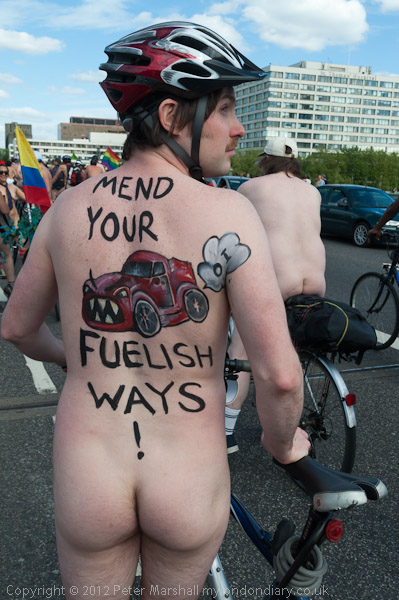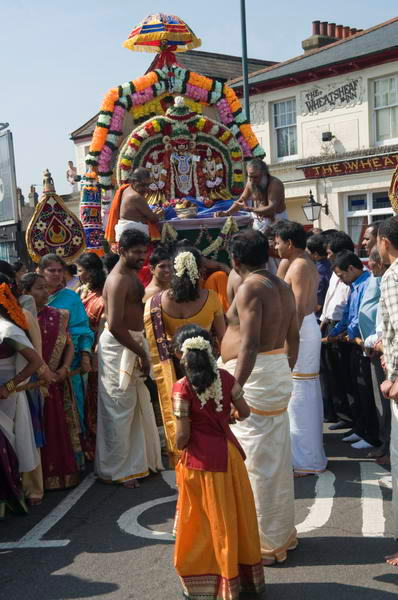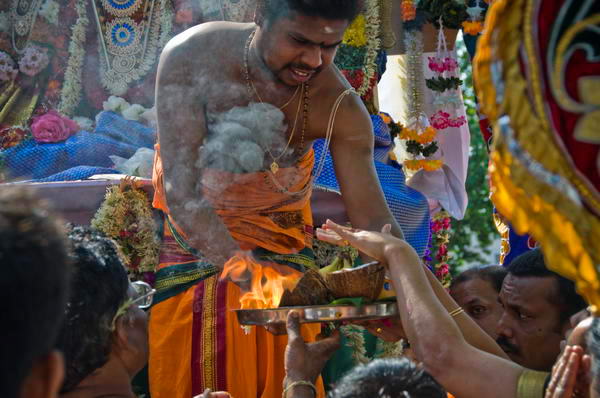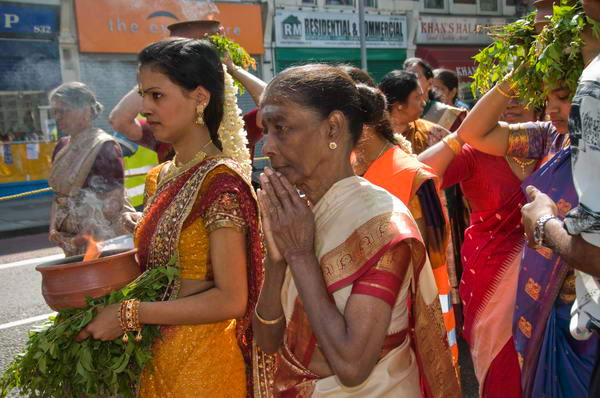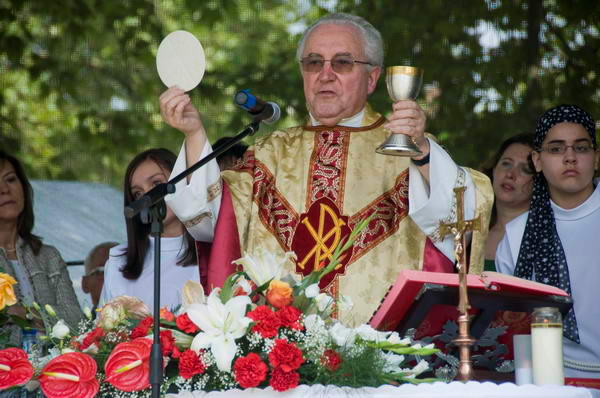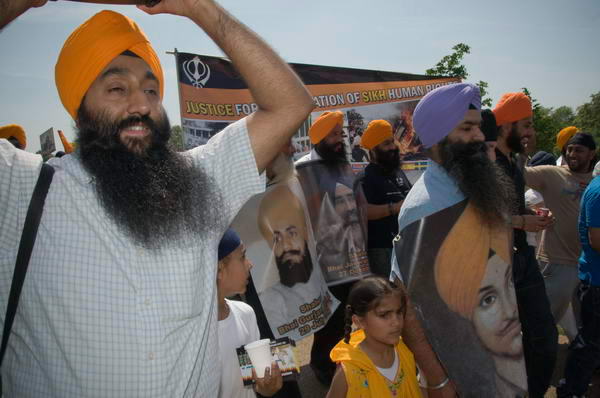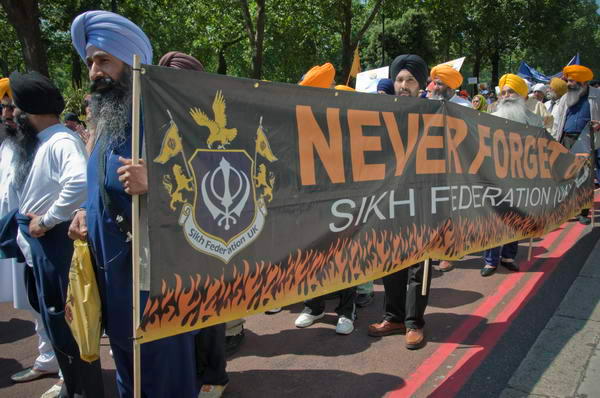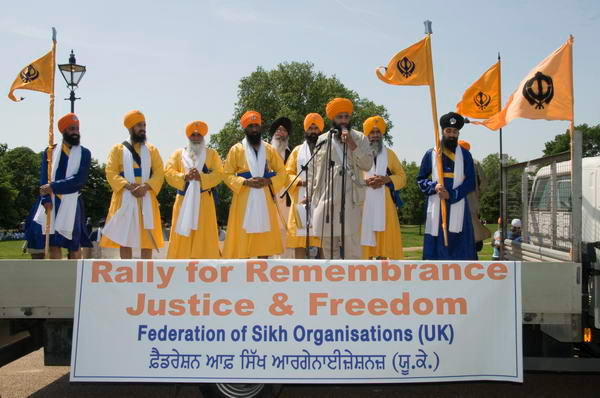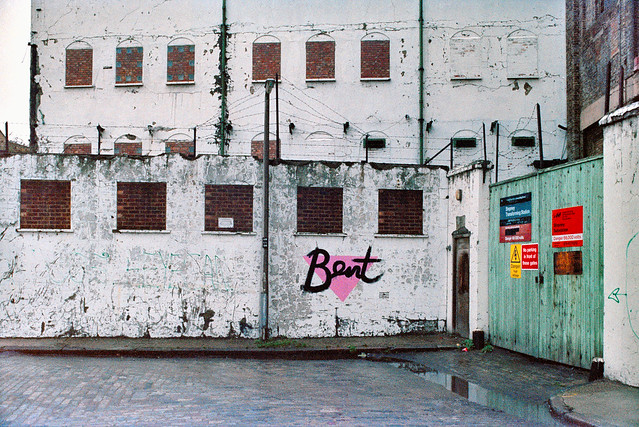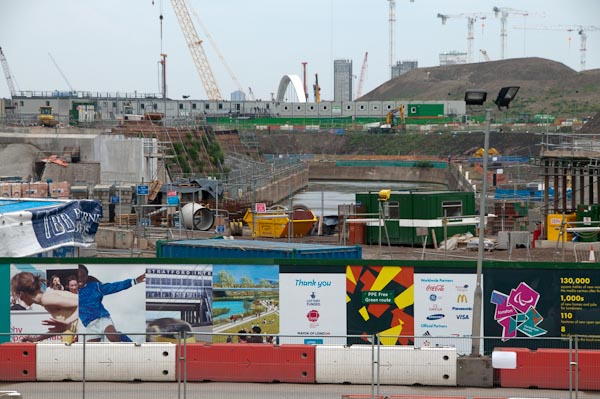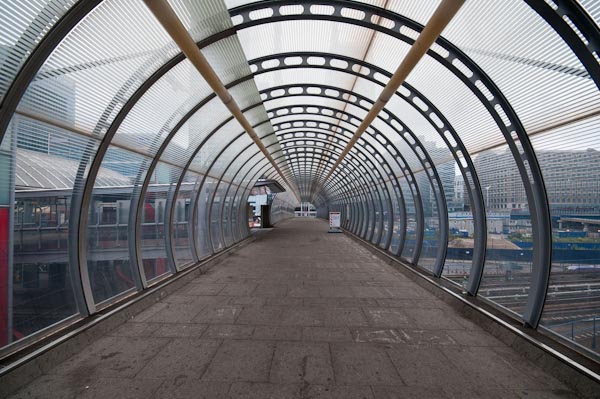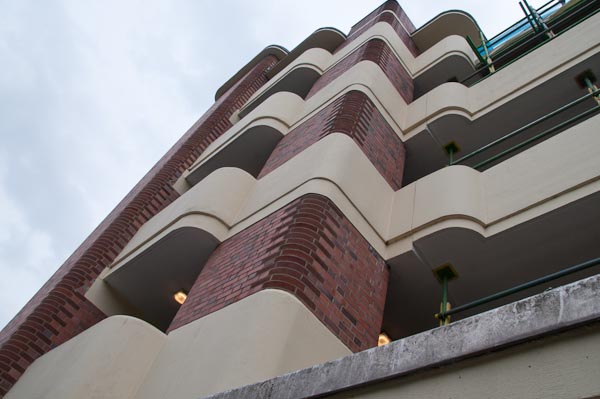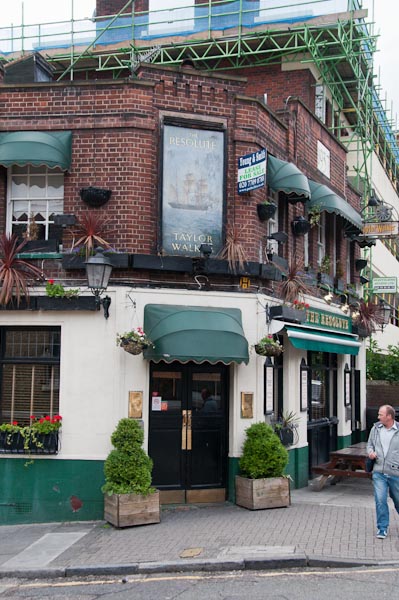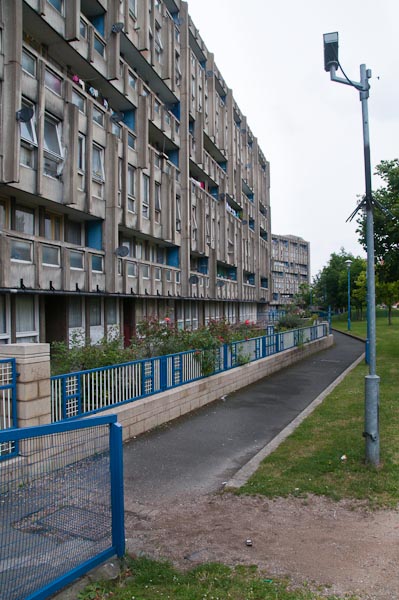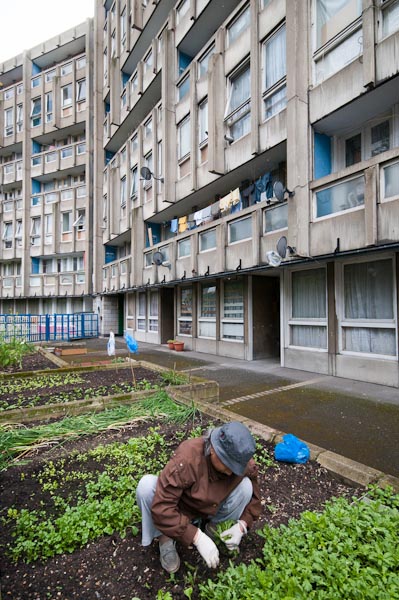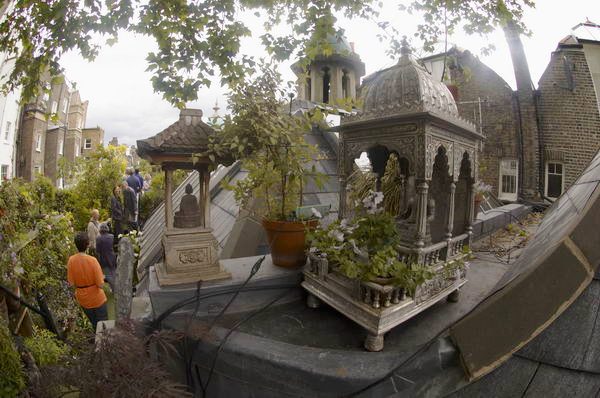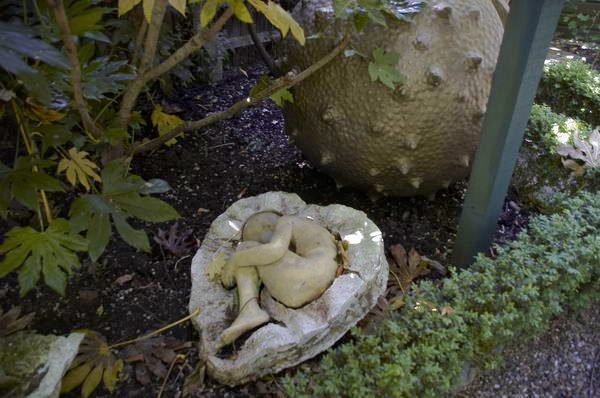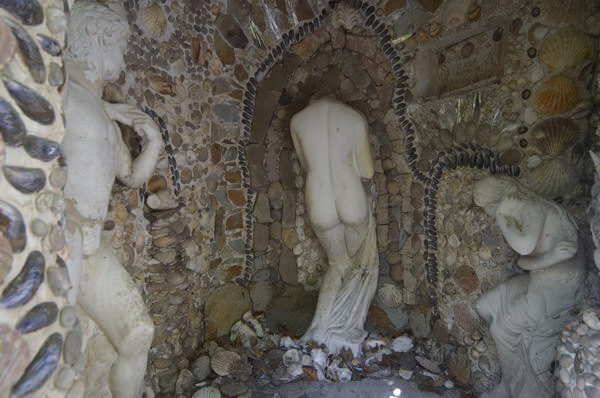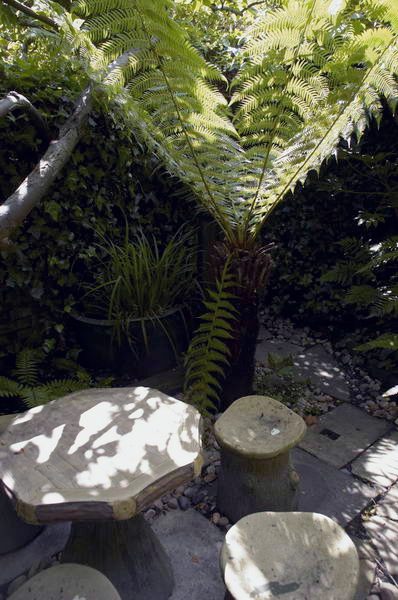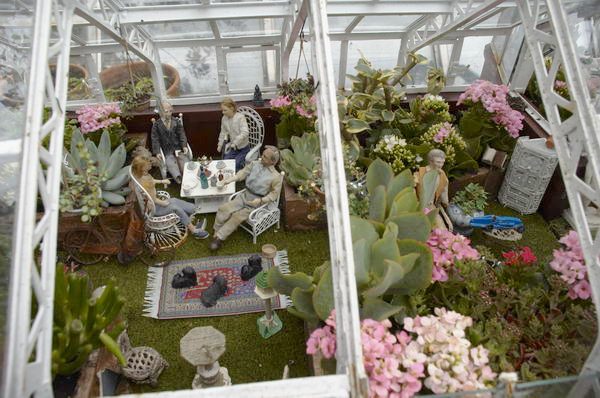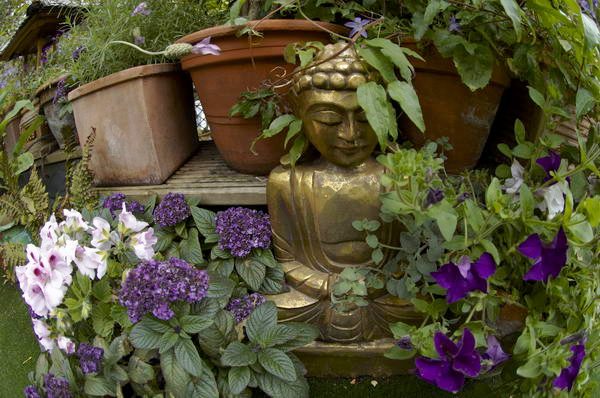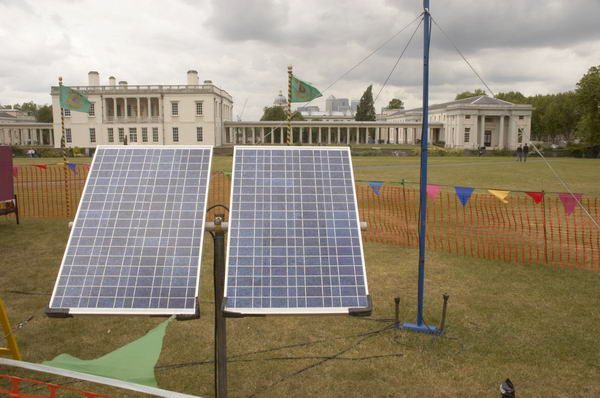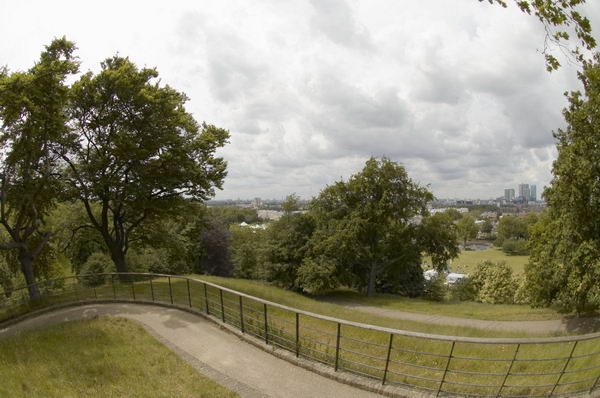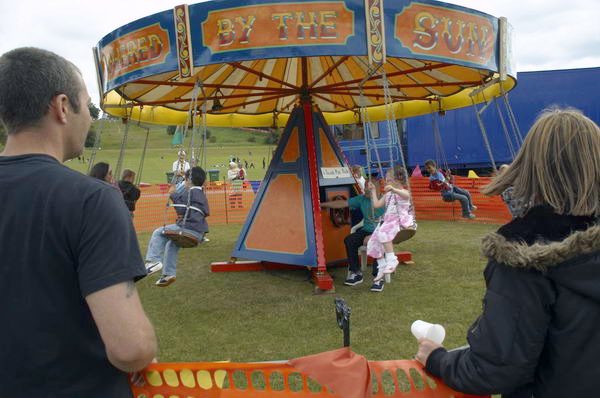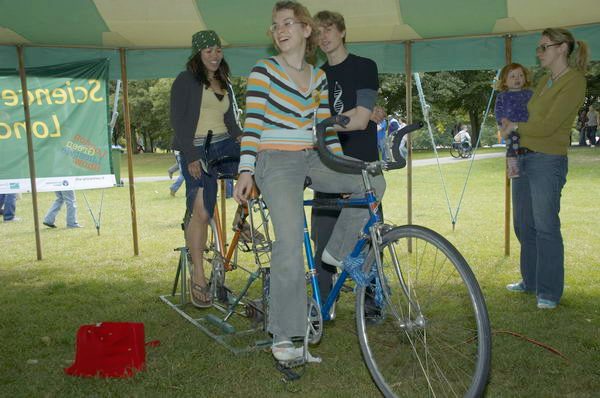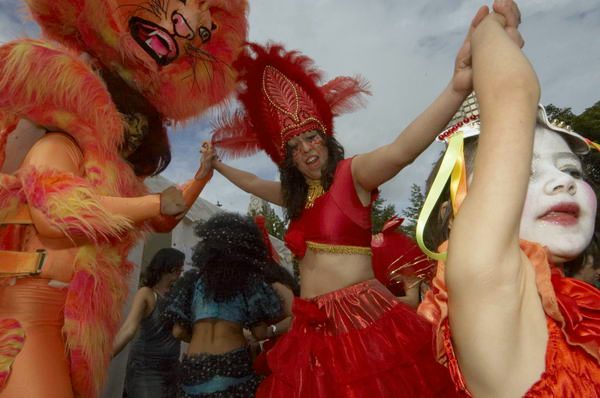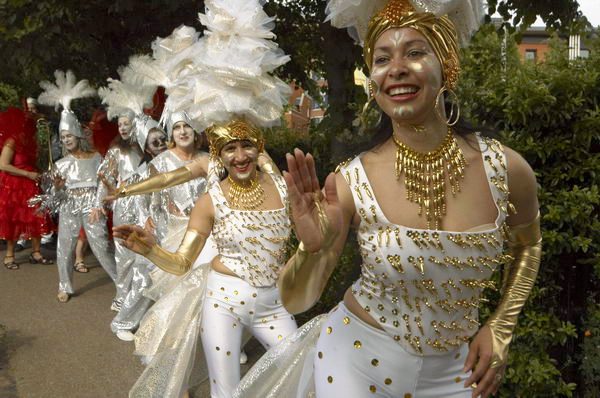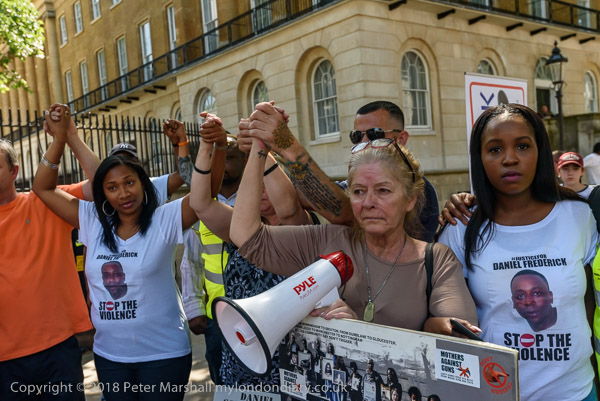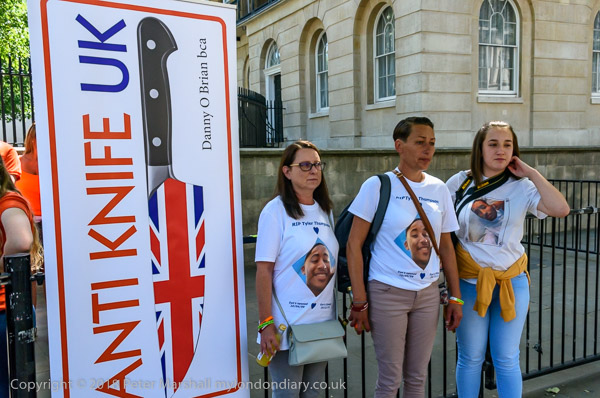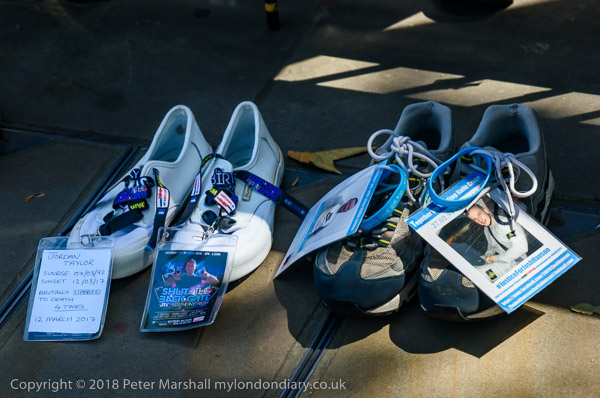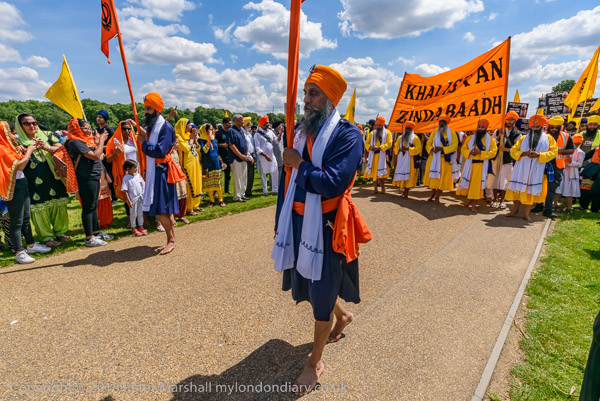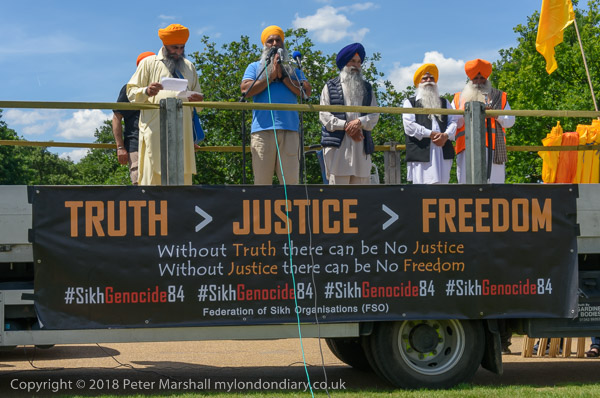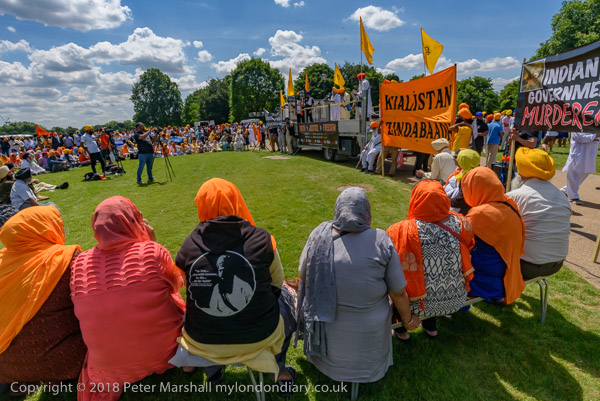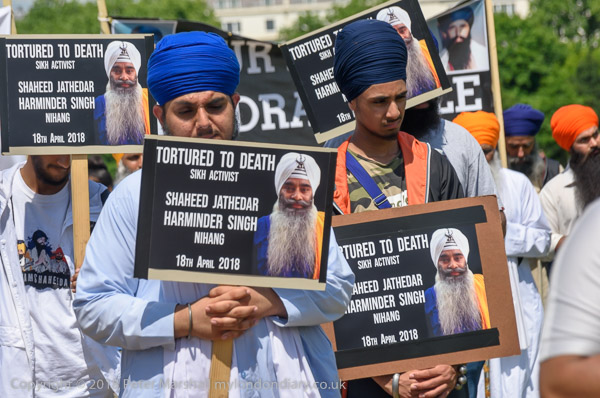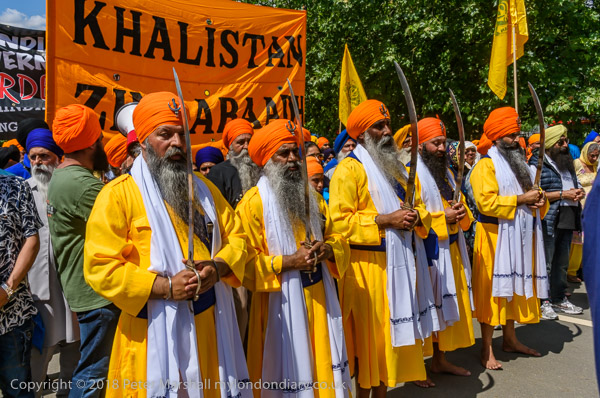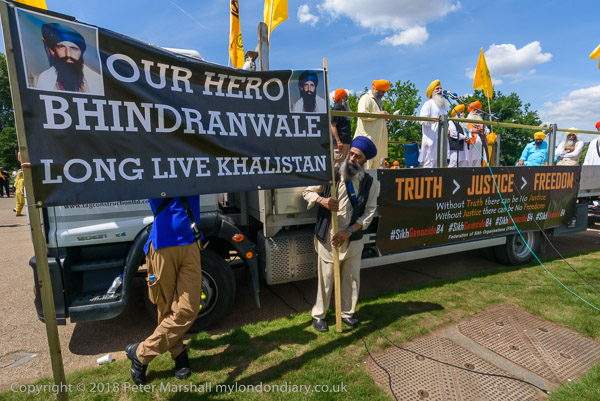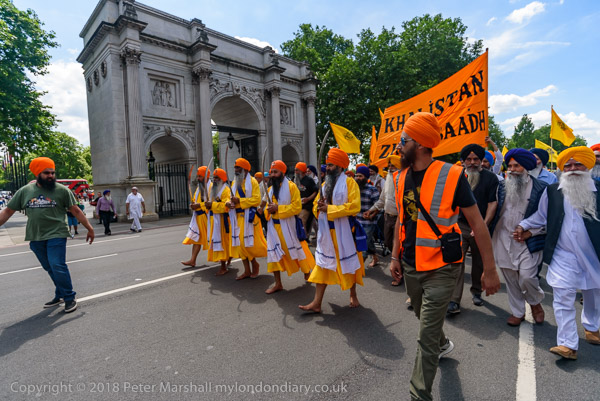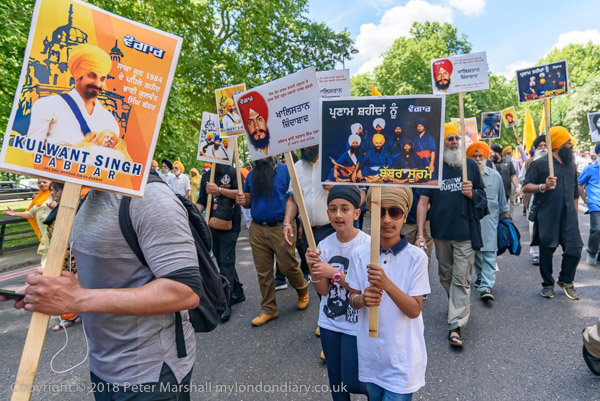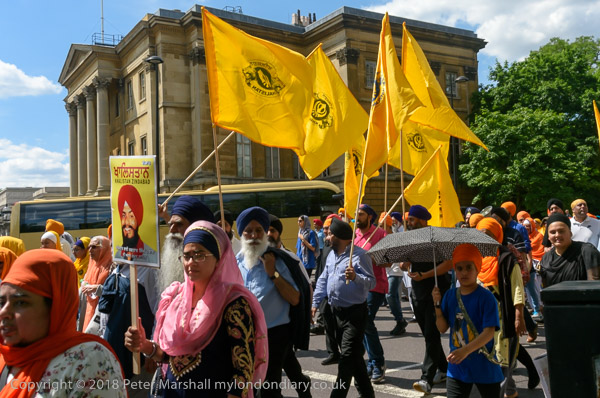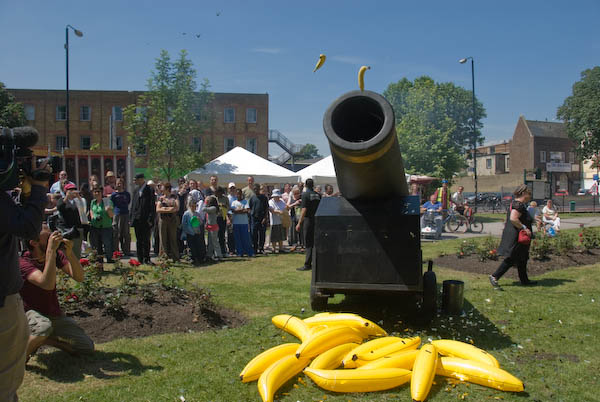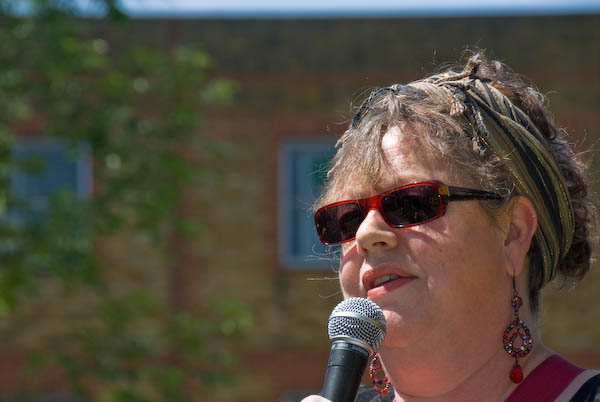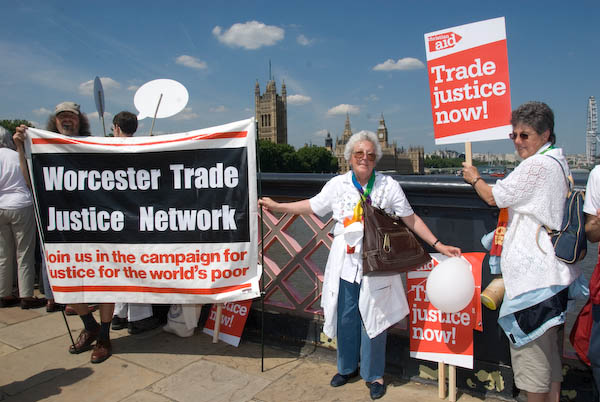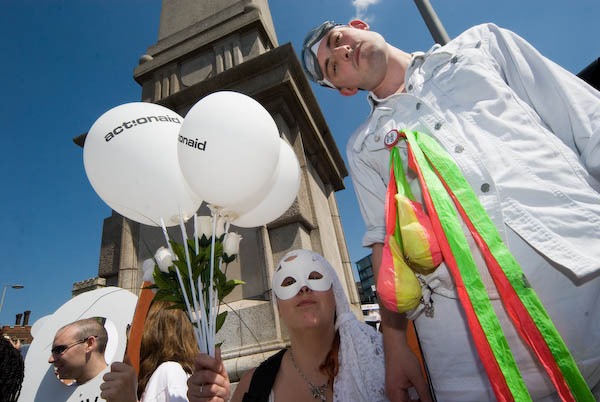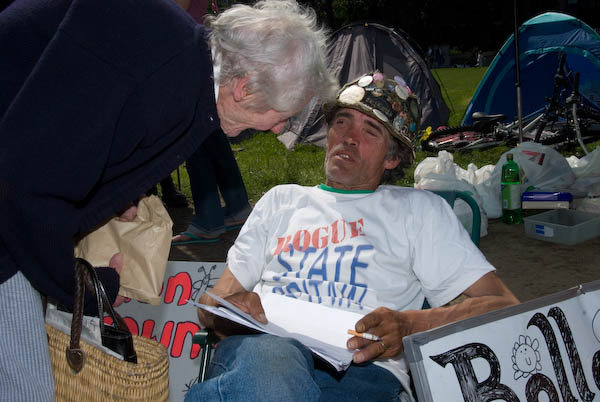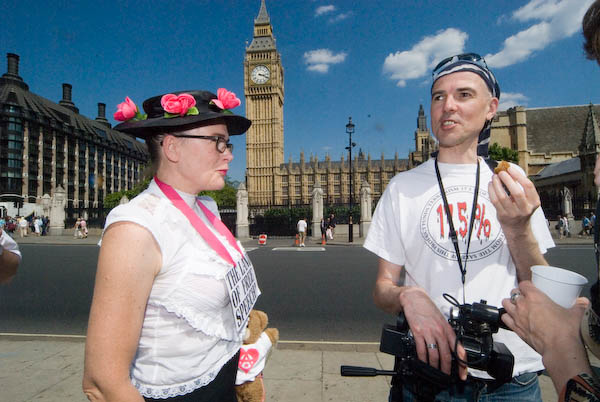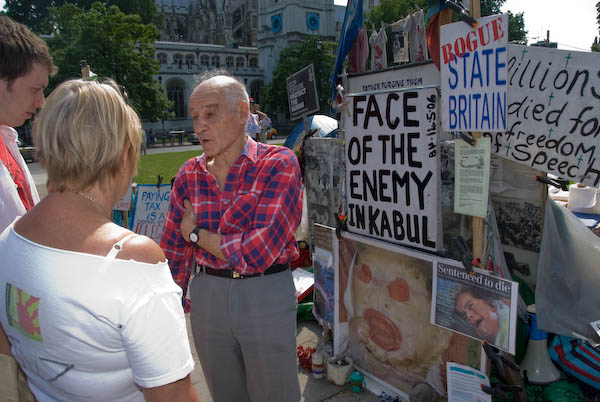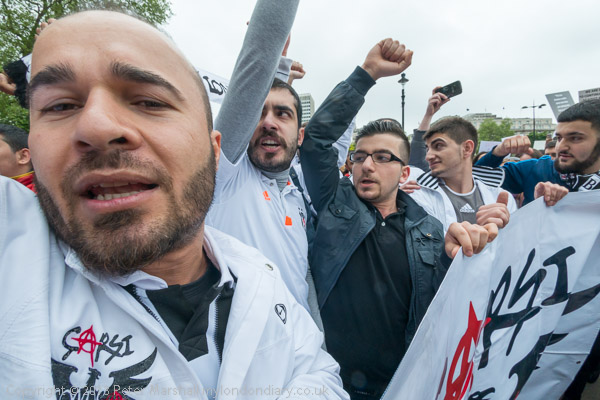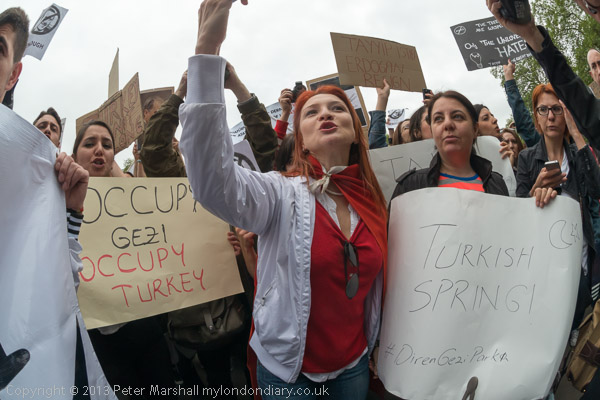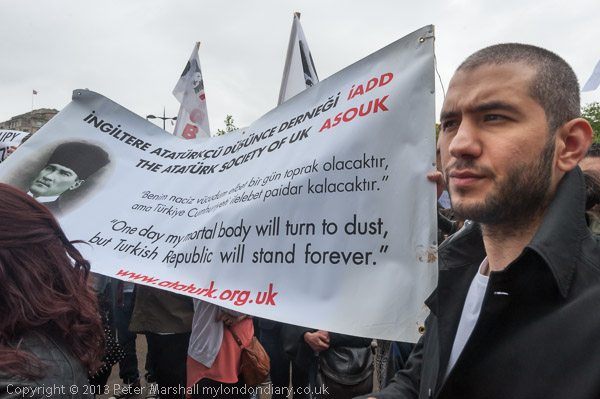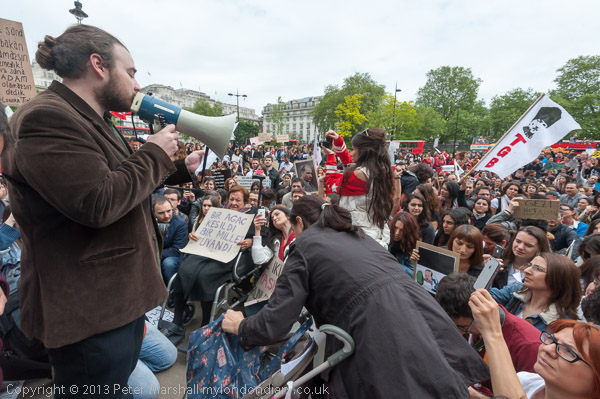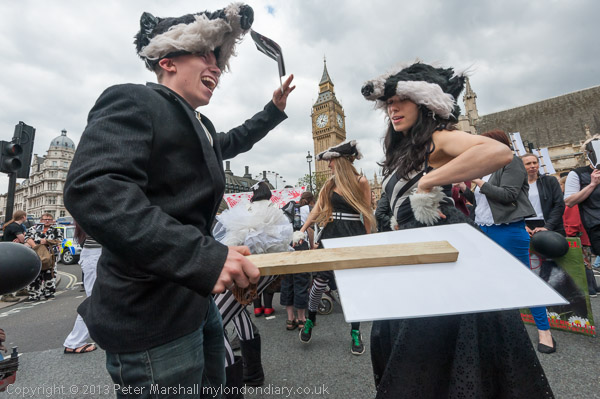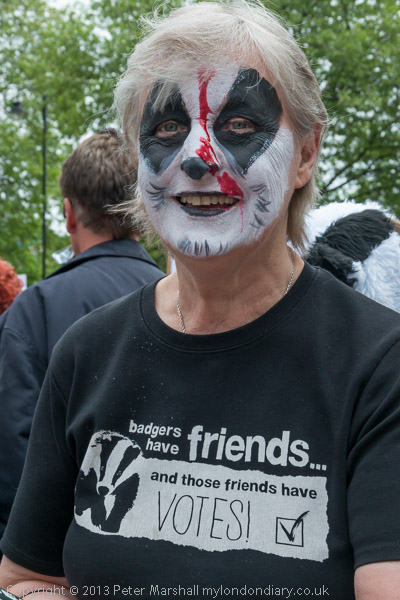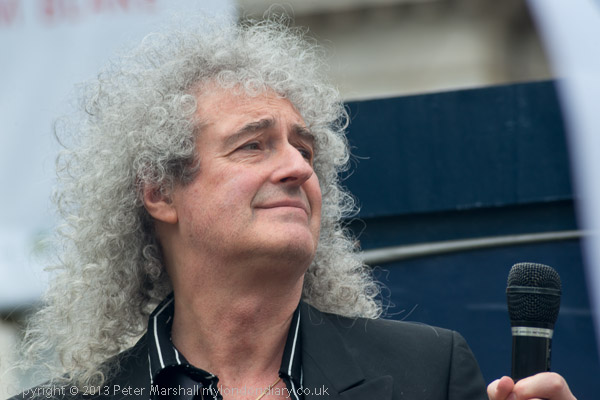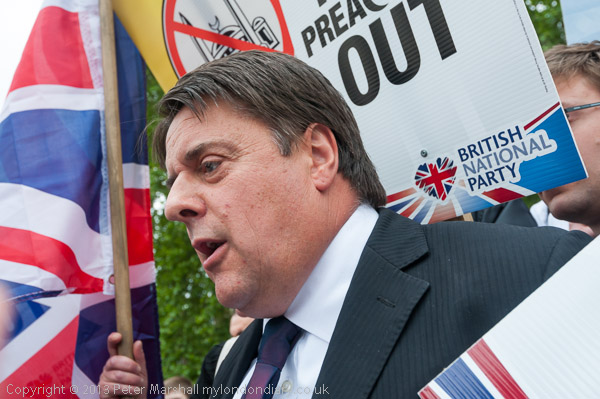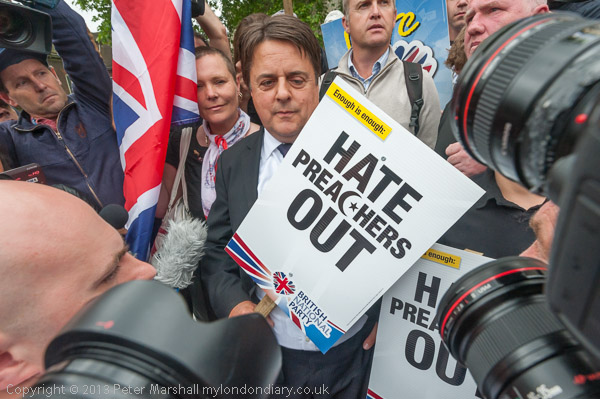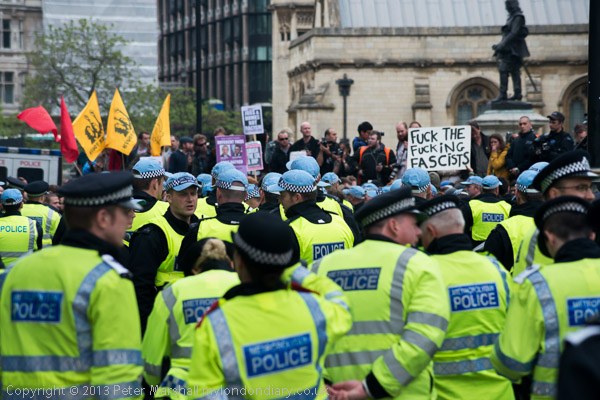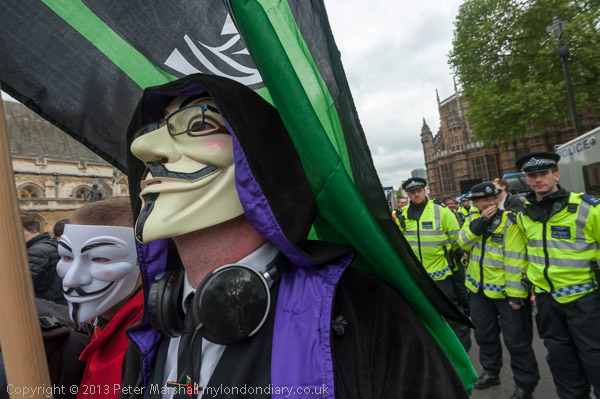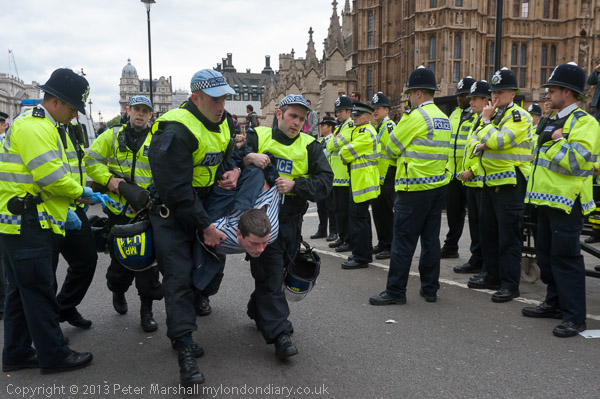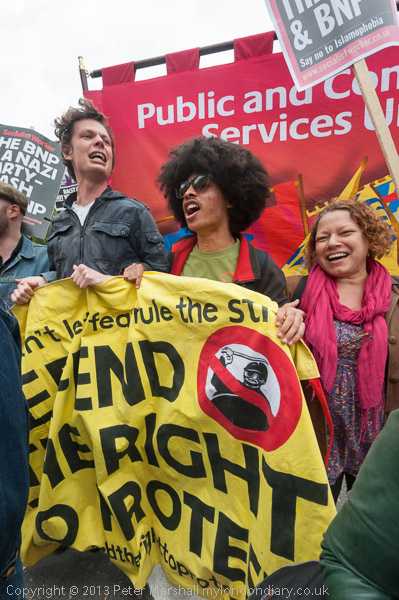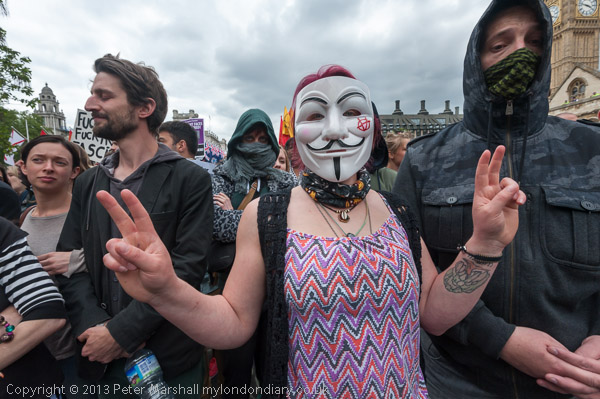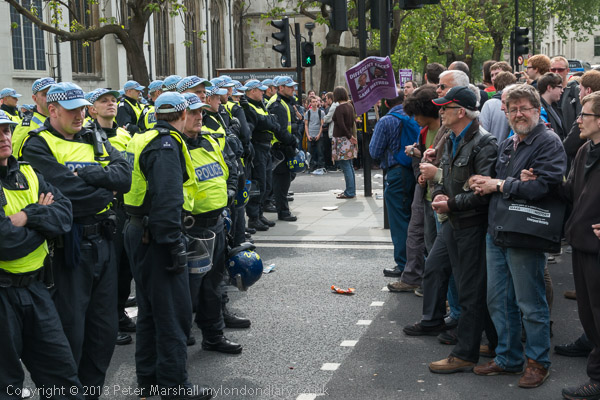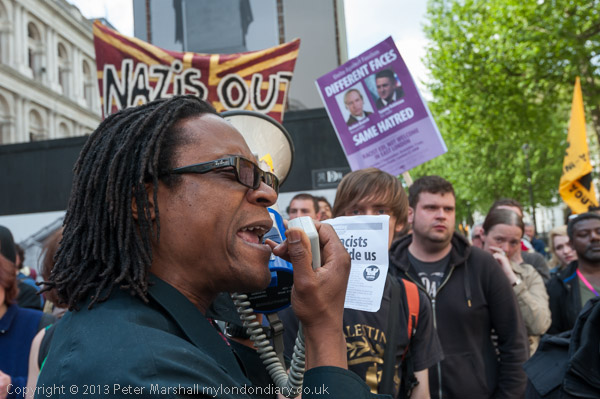Nicaragua, Votes For Women, Al Quds Day: Sunday 10th June 2018 my work began in Trafalgar Square where Nicaraguans called for an end to the current government violence in their country. I then photographed a march commemorating the extension of the UK vote to include many but not all adult women a hundred years earlier. Then I went to the Saudi Embassy where there were two groups facing each other, kept well separate by police. It was Al Quds (Jerusalem) Day and supporters of the oppressed people of Palestine had come to protest there, with a counter-protest by Zionists.
End government killings in Nicaragua – Trafalgar Square
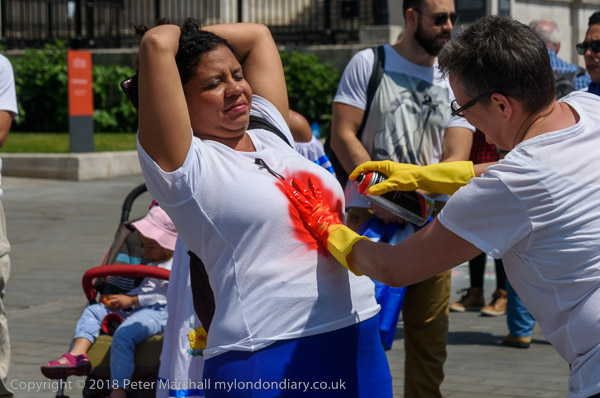
Nicaraguans came to call for an end to the violent attacks by police on protests in Nicaragua where they have killed over 100 protesters, injured over 600, and others have been unjustly detained, tortured and some raped.

The government atrocities have been condemned by he CIDH (Inter-American Commission on Human Rights) and Amnesty International and this was one of protests across Europe in solidarity, demanding the resignation of president Daniel Ortega and his wife and and vice-president Rosario Murillo and free and fair elections.

More pictures on My London Diary at End government killings in Nicaragua.
100 years of Votes for Women
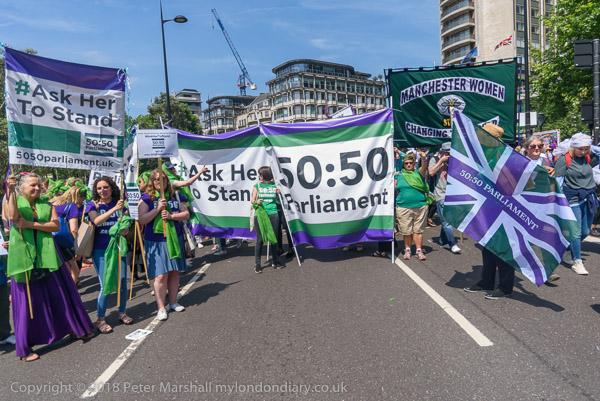
Women wore purple, white and green head scarves to make up three strands of a huge procession in the suffragette colours through London marking 100 years since many British women gained the right to vote.
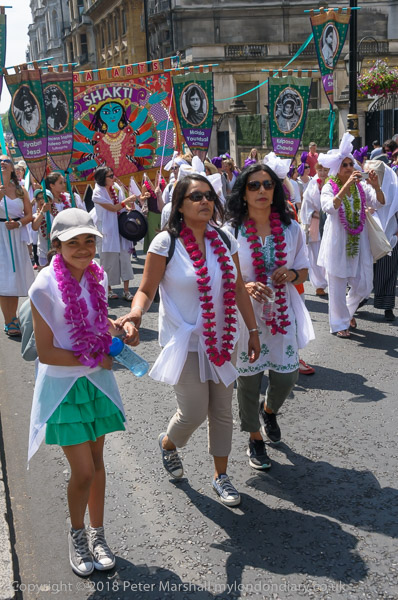
The 1918 act gave the vote to the first time to all men over 21 and to men like my father over 18 serving in the armed forces, but did not bring in universal suffrage for women. Women had to be over 30 and meet a property requirement. It was another ten years before all women over 21 – including my mother who was by then 23 – could vote.
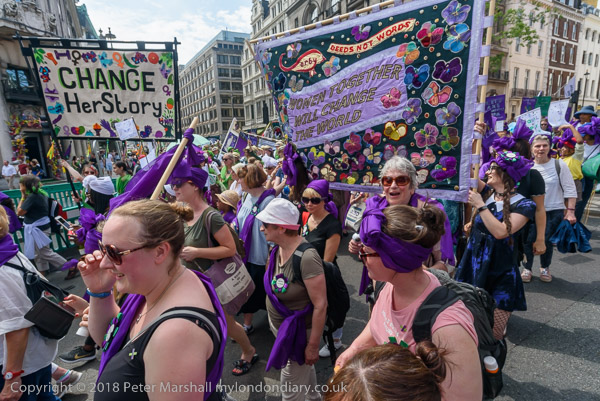
My mother made no secret of her support for the Conservative party, displaying their poster in our front window at every election. My father, who kept quiet about his politics to avoid conflict at home, went into the polling station every time to cancel out her vote with one for Labour.
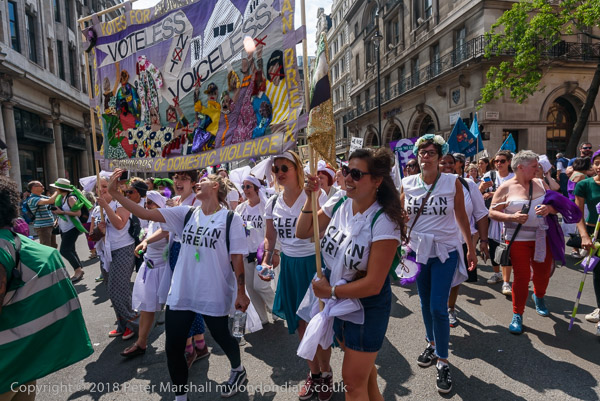
I left the march as the end of it passed Piccadilly Circus on its way to Westminster.
Many more pictures at 100 years of Votes for Women.
Zionists protest against Al Quds Day – Saudi embassy, Mayfair
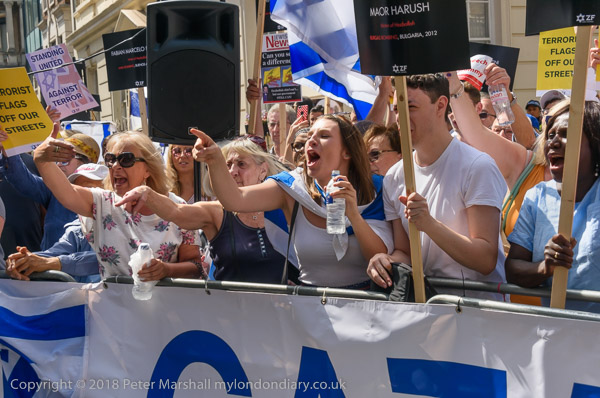
As well as the official Zionist protest kept behind barriers by police around a hundred yards away from the pro-Palestine Al Quds day event there were also a number of extreme right football thugs roaming the area, together with some well-known Zionists. Some of these managed to come close to the Al Quds day event and shout at it and at times there was some forceful policing as the thugs were moved away.
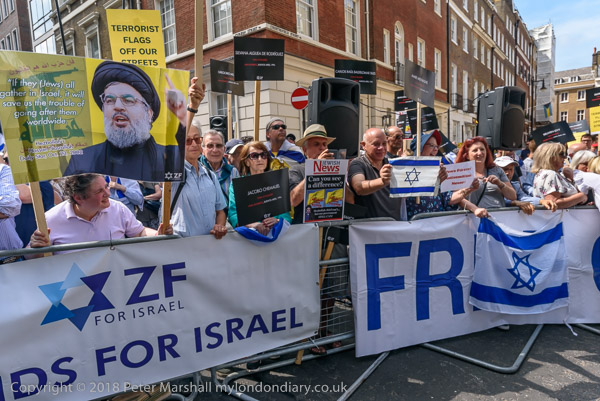
The official Zionist Federation protest kept behind the barriers, shouting at the Palestinian supporters, most of whom simply ignored them though a handful faced them at a distance and shouted back. There seemed to be rather fewer of the Zionists than in earlier years and there were almost certainly more Jewish protesters in the Al Quds day event which was supported by several groups and numerous individuals from the Jewish left as well as the ultra-orthodox Neturei Karta, who always attract a great deal of venomous anti-Semitic shouting from the Zionists.
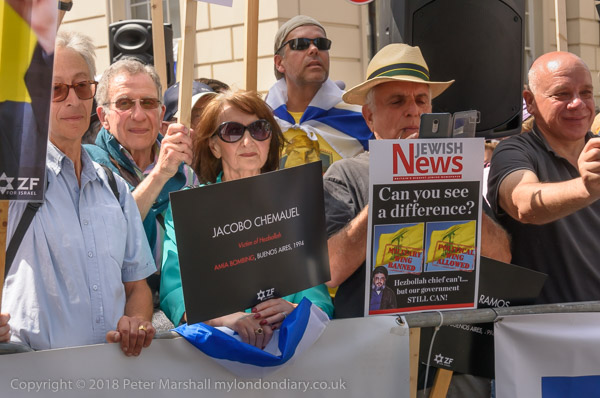
There had been considerable pressure on the UK government to ban the display of the Hezbollah flag, which was then still legal here, as the same flag was used by both the military wing, banned in 2008 and the political wing of the party which at the time had two ministers in the Lebanese government. Despite this the UK government banned the group as a whole in 2019, making the display of this flag from then on a criminal offence.
More pictures at Zionists protest against AlQuds Day.
Al Quds (Jerusalem) Day – Saudi embassy, Mayfair
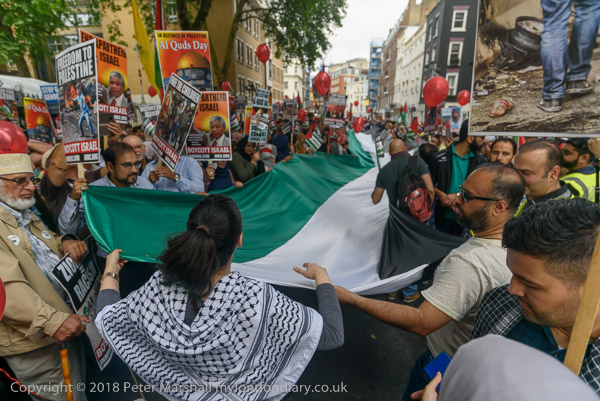
The much larger crowd who had come to the protest organised by the Justice for Palestine Committee and supported by the Islamic Human Rights Commission and a wide range of pro-Palestinian organisations was squashed into a small area in front of the Saudi Embassy.
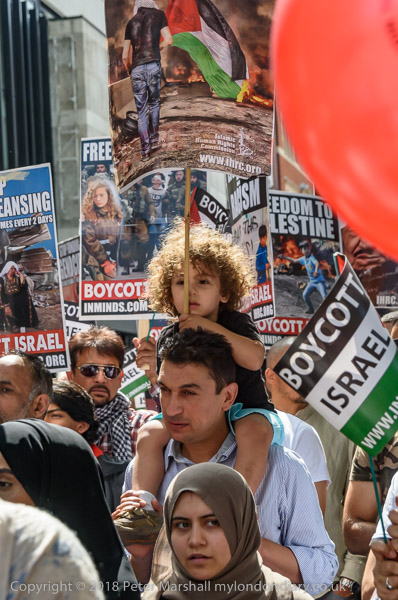
There was a large police presence in the area that kept them well apart from the counter-protest by the Zionist Federation and stopped the football hooligans from attacking this peaceful protest.
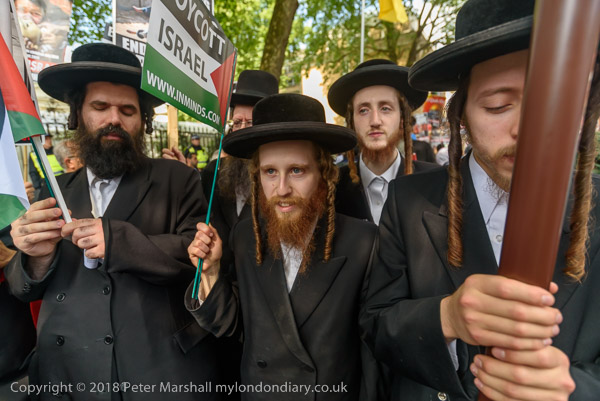
Al Quds Day was established by the Islamic Republic of Iran in 1979 and is celebrated in many countries particularly across the Arab world. There have been events like this one in London for over 30 years.

The protest this year was a gesture of defiance to the demonisation campaign and the ongoing murders by Israeli troops of innocent Palestinian protesters in the Gaza Strip commemorating 70 years since Israel was formed on expropriated Palestinian land.
More on My London Diary at Al Quds (Jerusalem) Day.
Flickr – Facebook – My London Diary – Hull Photos – Lea Valley – Paris
London’s Industrial Heritage – London Photos
All photographs on this page are copyright © Peter Marshall.
Contact me to buy prints or licence to reproduce.
